E27 LED bulb
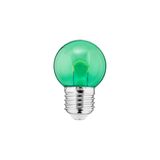
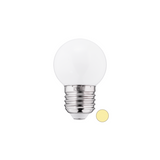
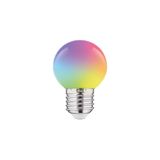
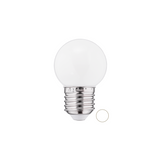
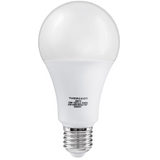
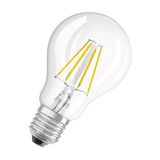

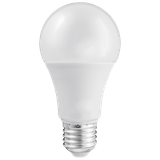
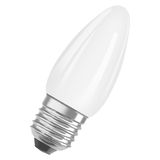
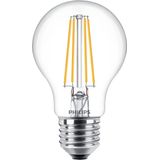

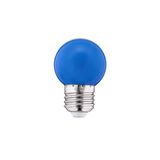
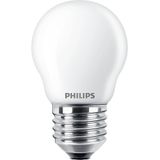
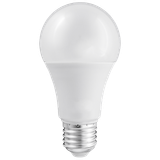

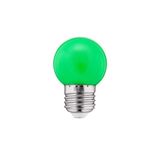


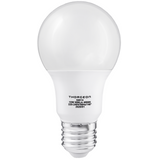
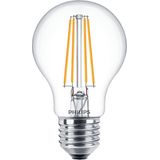



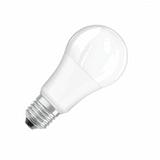
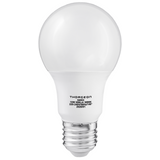


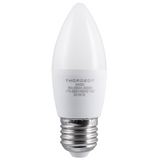
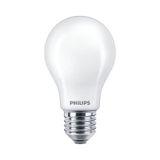

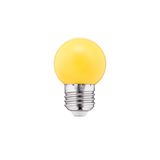
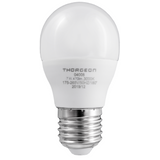
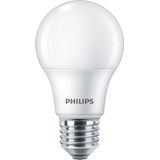
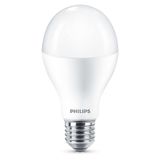
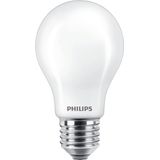
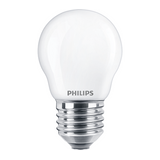
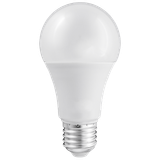
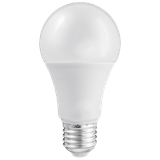
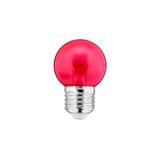
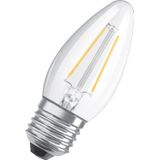

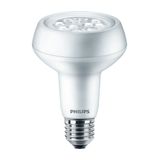
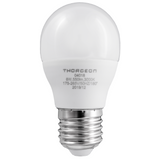
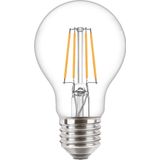

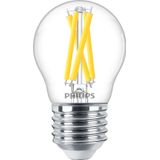
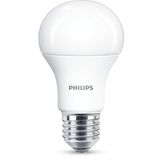
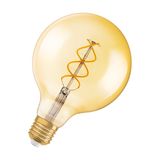
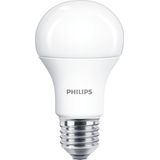

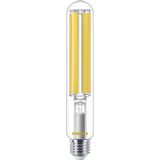
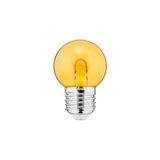
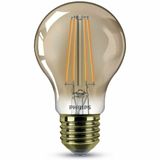
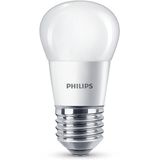
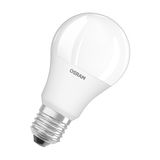
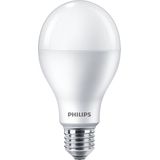
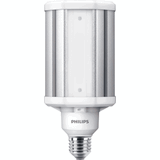
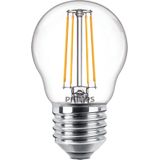

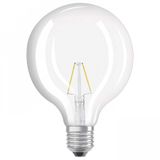
Why choose the E27 LED bulb?
E27 LEDs excel in energy efficiency and flexibility. Choose an E27 LED bulb for good lighting and savings. What criteria are essential for an optimal choice?
Understanding the color temperatures of E27 LED bulbs
E27 LED lamps are perfectly suited to any space, with different color temperatures, measured in Kelvin.
- Warm light: A temperature of 1700K to 2400K provides a warm light, ideal for living rooms and bedrooms.
- Brighter light: For brighter, more dynamic lighting, opt for bulbs with a temperature of 3000K. They're particularly suited to kitchens and corridors.
- Cool light: Bulbs with a temperature of 4000K produce a cool light, ideal for offices and workspaces where good visibility is essential.
E27 LED lamps with or without dimmer switch
A wide range of E27 LEDs, with or without dimmer, to suit your needs. Choose a dimmable E27 LED to personalize your lighting and save energy. This flexibility optimizes ambience and savings. With E27 bulbs you benefit from flexible, energy-saving lighting, with temperature options and dimmable models for every need.
Key benefits of switching to E27 LED bulbs
E27 LED bulbs offer several key advantages over traditional lighting technologies:
- Energy efficiency: Less electricity for more light.
- Durability: Long life.
- Heat reduction: Less heat emitted.
- Variety of temperatures: Different shades of light.
- Economical: Lower bills.
These advantages explain why replacing your old bulbs with E27 LEDs is worthwhile.
Wide range of E27 LED lamp options
E27 LEDs offer a wide range of options for every lighting need. Choose from a variety of sizes and shapes. The large E27 LED bulb is suitable for large spaces with its high luminosity. While the E27 LED bulb offers a variety of styles for different uses. E27 LED bulbs are also perfect for customizing the lighting in any room.
E27 LED bulbs for different types of room
E27 LED bulbs are suitable for a variety of environments, such as :
- Living room: Opt for bulbs offering warm light to create a welcoming atmosphere.
- Kitchen: Choose models with a bright light to make cooking easier.
- Office: Choose bulbs with high luminosity for better concentration.
- Bathroom: Select bulbs with a clear, fresh light for an energizing atmosphere.
- Bedroom: Choose soft light bulbs for optimal rest.
Each type of E27 LED bulb is adapted to a specific use.
Popular shapes and sizes of E27 LED lamps
E27 LED bulbs come in a variety of shapes and sizes. Here's an overview of the most popular:
- Pear (A60): 60 mm diameter, 105 mm height.
- Ball (G45): 45 mm diameter, 70 mm high.
- Globe (G95): 95 mm diameter, 140 mm high.
- Candle (C35): 35 mm diameter, 100 mm high.
- Tubular (T45): 45 mm diameter, 140 mm high.
- Pair (ST64): 64 mm diameter, 140 mm high.
These dimensions make it easy to choose the perfect E27 LED lamp for optimal, aesthetic lighting.
How to choose the right E27 LED bulb for your needs?
To choose the right E27 LED socket bulb, consider the following points:
- Energy efficiency: Choose a class A E27 LED for better energy savings.
- Brightness: Select a bulb with a high lumen count for powerful lighting.
- LED technology: Choose an E27 LED bulb with rapid start-up and long life.
- Color temperature: Choose warm light for relaxation areas and cool light for work spaces.
- Dimmer compatibility: Check that the bulb can be used with your dimmers to adjust brightness.
How to install and use E27 LED lamps?
Installing E27 LED bulbs is simple and convenient. Here are the steps to follow:
- Screw the E27 LEDs into the existing E27 socket.
- Switch off the power supply before handling the bulbs.
- Install the bulbs in various fixtures such as living rooms, kitchens or offices.
- Use a dimmer switch for dimmable bulbs.
Frequently asked questions about E27 LED bulbs
As we become more attentive to our lighting environment, choosing the right E27 LED bulbs can transform your space into a place of comfort and efficiency. Here are the questions to ask when selecting the ideal bulb:
- How long does it last?
- Is it environmentally friendly and toxin-free?
- What color temperature creates the ideal atmosphere for my room?
- How do I choose the optimum wattage for my space?
- Is this E27 LED lamp dimmer-compatible?
- What's the difference between dimmable and non-dimmable?
- Does installation require any special precautions?
- How do E27 LED sockets fit into luminaires?
Energy efficiency and savings with the E27 LED bulb socket
E27 LED sockets stand out for their energy efficiency and substantial savings. They reduce energy consumption, minimize maintenance costs and have a low environmental impact.
Reduced energy consumption
E27 LEDs consume between 8 and 12 watts, offering brightness from 800 to 1,100 lumens. This reduces energy consumption by up to 90% compared with traditional bulbs. By converting the majority of energy into light rather than heat, they guarantee optimum use of electricity.
Financial benefits and environmental impact
E27 LED lamps offer a number of financial and environmental benefits:
- Lower bills thanks to low consumption.
- Longer life, less maintenance.
- Less waste, fully recyclable.
- Minimized environmental impact.
Comparison between a low-cost E27 LED bulb and traditional lighting
The E27 LED socket excels in durability and energy efficiency. Although the purchase price is higher, it outperforms traditional lighting in longevity and energy savings. E27 LEDs can last between 25,000 and 50,000 hours, whereas conventional bulbs only last around 1,000 hours. They consume up to 90% less energy, as they avoid heating a filament.
The initial investment in an E27 LED is higher, but this cost is quickly amortized. Unlike halogen bulbs, which are often replaced, E27 LED lamps reduce expenditure over the long term. Their higher price is quickly offset, ensuring better long-term profitability.












